Description
The Last Czars is a six-part English-language docudrama that premiered on Netflix on July 3, 2019.
The series follows the reign of Nicholas II, the last emperor of Russia’s Romanov Dynasty, from his accession to the throne in 1894 to his execution along with the Romanov family in 1918
The format of The Last Czars is a mixture of dramatisation, with lavish costumes and sets, alongside contemporary photographs and movie-reel footage, and talking heads, including Simon Sebag Montefiore, Dr Pablo de Orellano of King’s College London and Dr Philippa Hetherington of University College London. So far, so interesting…
A ‘mature content’ warning flashed on screen at the beginning, and I assumed it must refer to the violence associated with the Revolution and the brutality of the family’s execution in an Ekaterinburg basement. But no! Early on, the sex scenes begin. We see Nicholas and Alexandra undressing each other on their wedding night then writhing naked on the imperial bed.
And once Rasputin arrives on the scene, it turns into a shagfest, with orgies by the score. I almost feared they were going to have Rasputin and Alexandra humping against a palace wall, as satirists at the time portrayed. It stopped short of that, but did show her leaning her head on his shoulder and embracing him in ways the austere Alexandra, ever-conscious of her position, would never have countenanced.
In the final episode, it shows Maria, the tsar’s third daughter, caught stripping off with a guard in the Ipatiev House. This is based on a tiny footnote in history, which inspired a scene I include in my novel The Lost Daughter. The guard in question, Ivan Skorokhodov, is said to have brought Maria a birthday cake in June 1918. She went out to the passageway to thank him and was caught in what the commandant of the guards called “compromising circumstances”.
Maria was deeply religious, and a tsar’s daughter: at most, this might have involved a kiss. To portray her eager to have sex with a lower-class guard is taking several liberties too far. I’m sure Simon Montefiore would not have approved such a scene but you can imagine a studio exec looking at the original shooting script and saying “We need more sex. Where can we spice it up?”

I wish just a part of the budget they spent on glitzy palace sets, crown jewels, period cars and location filming in Vilnius, Lithuania and Rundale, Latvia, had been spent on better scriptwriters.
The dialogue is clunky and ‘on the nose’. “Telegram the head of the duma. Tell him he can have what he wants,” says Nicholas after the 1917 Revolution. And the F-word is used often: “We cannot afford any fuck-up,” says Yacob Yurovsky to his execution squad. I yearned for the quality of writing found in The Crown. The story of the Romanovs is tragic and compelling, and it’s been under-served by dramatists since the 1971 movie Nicholas and Alexandra.
On the whole, the history in The Last Czars is accurate, although the (Russian state-owned) Russia Beyond website lists its “48 most glaring mistakes”. Some characters have been stripped out, presumably to avoid over-complicating the story: this is particularly notable in the execution scene, where only Dr Eugene Botkin joins the family and not the other three servants we know were present
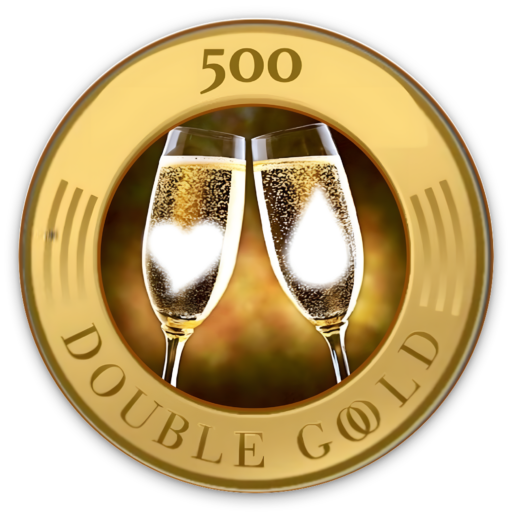
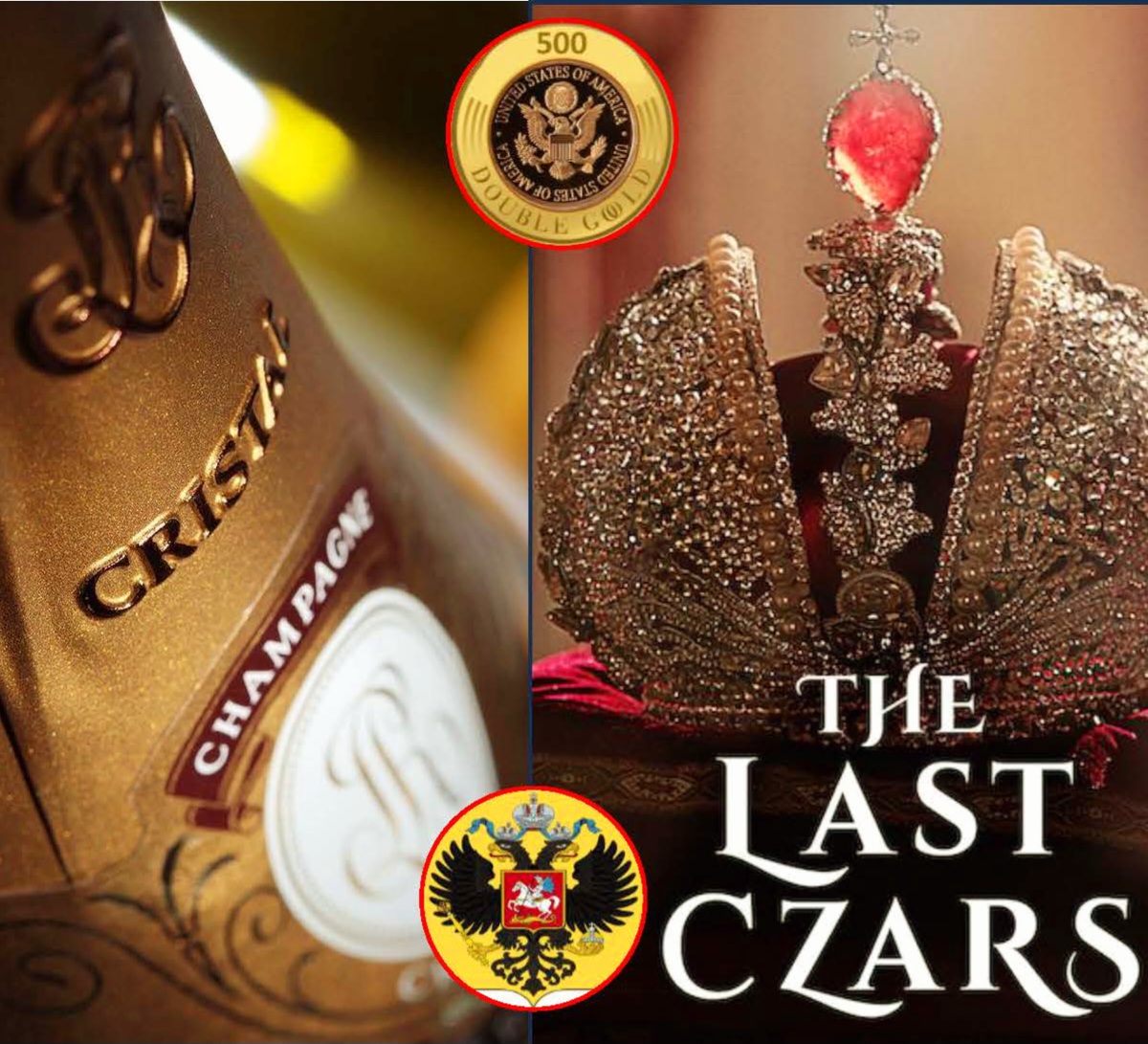
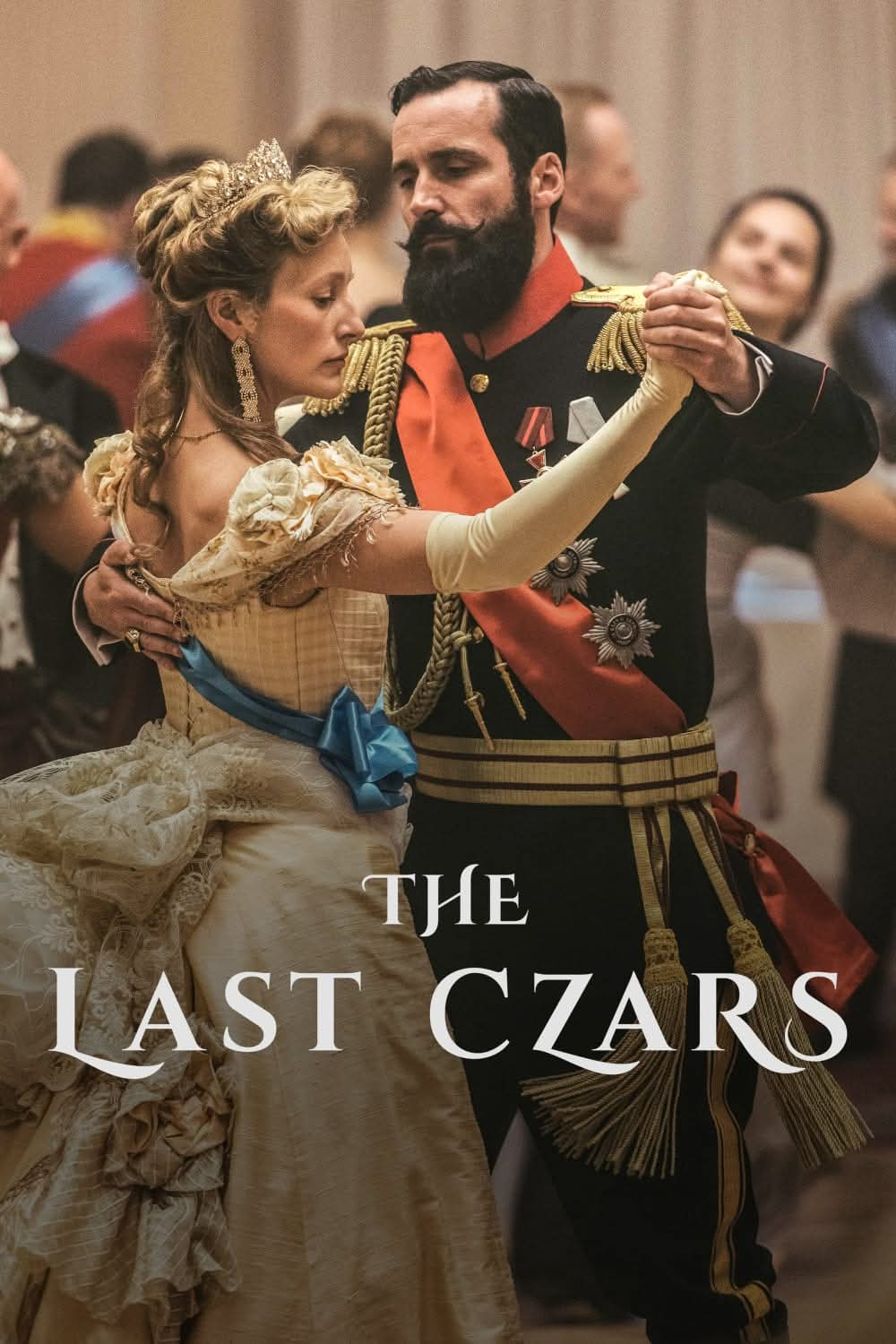
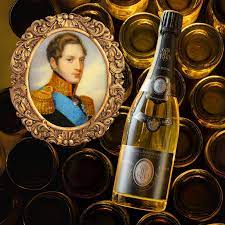

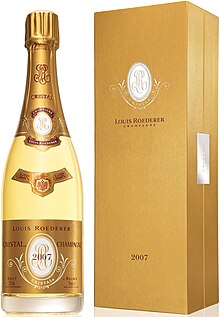
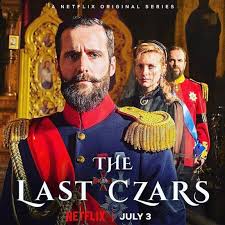

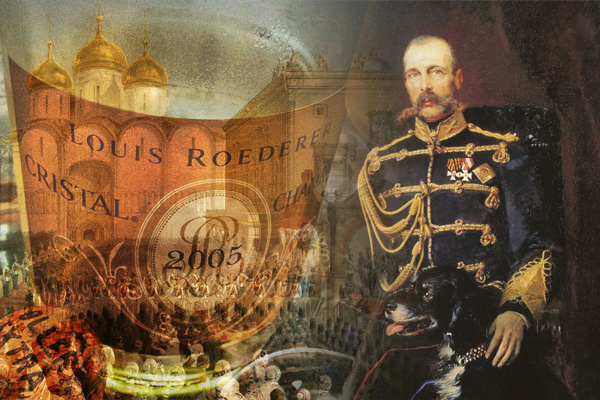
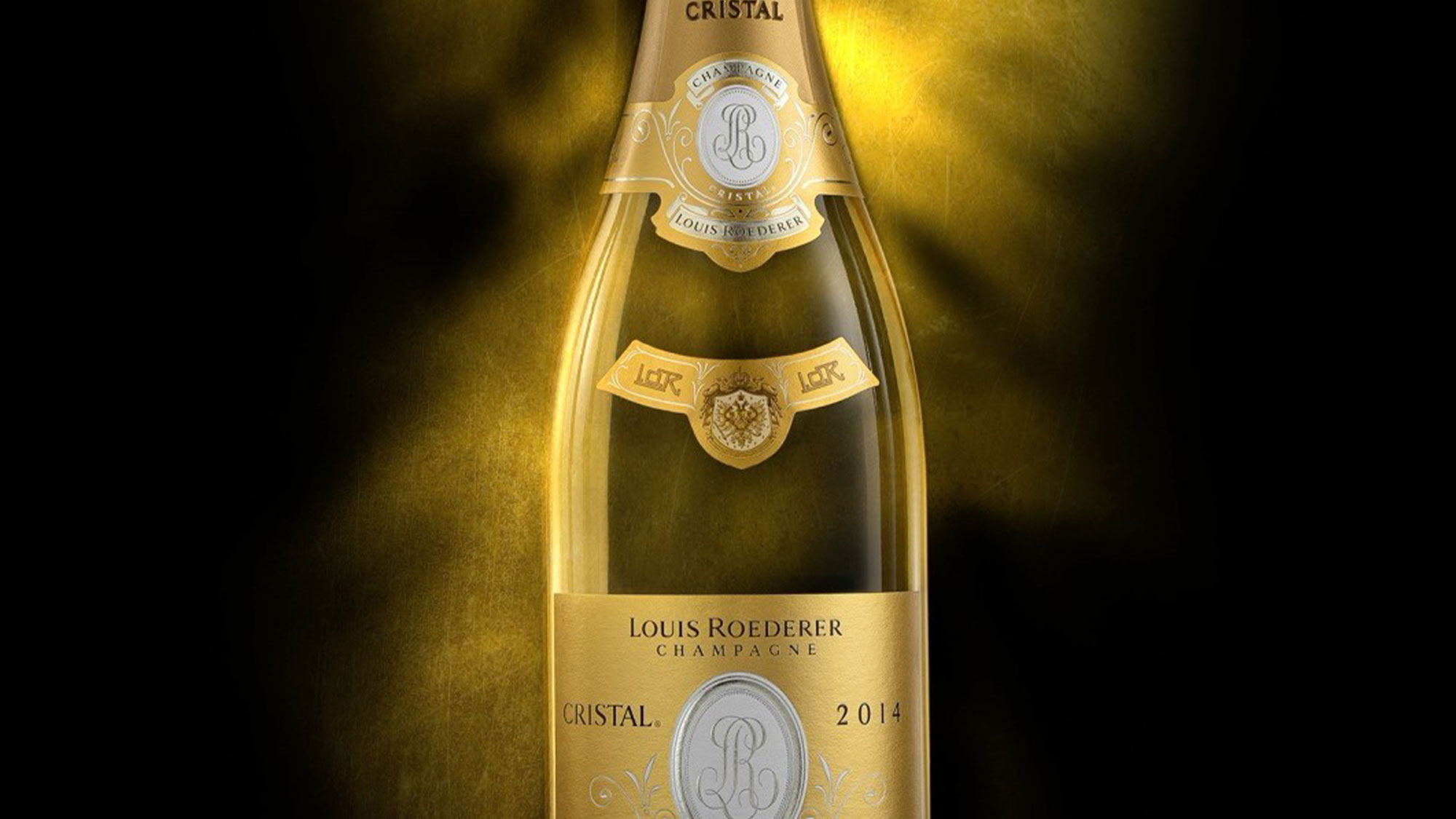
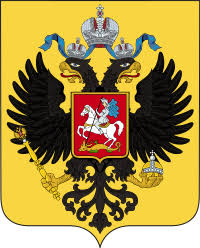
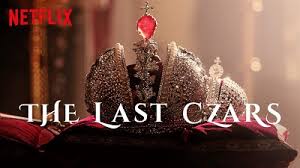
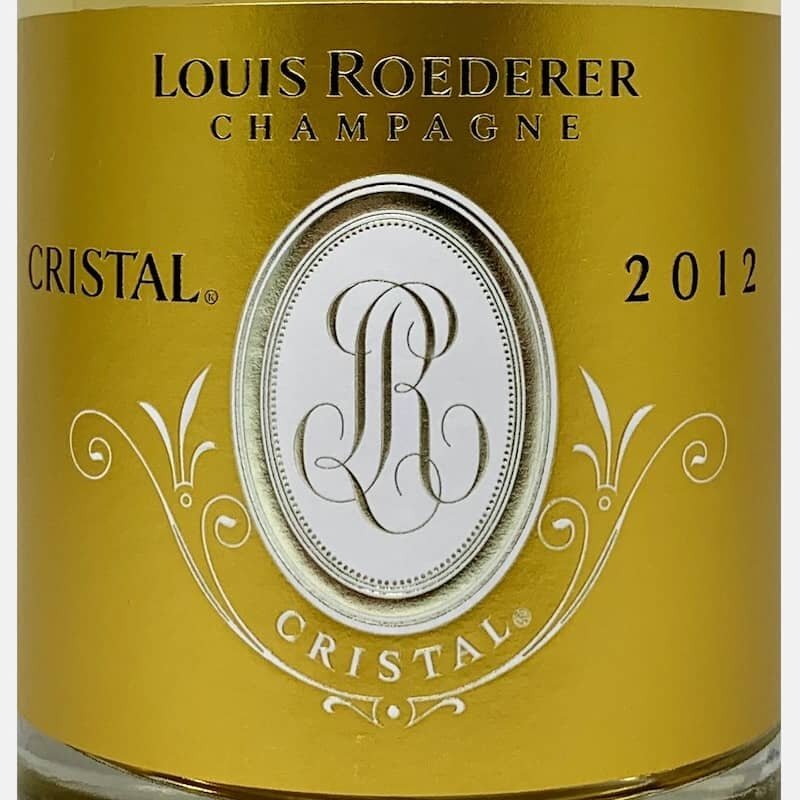
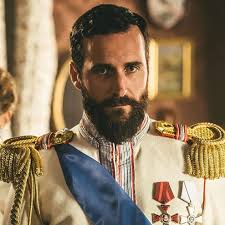
Avis
Il n’y a pas encore d’avis.